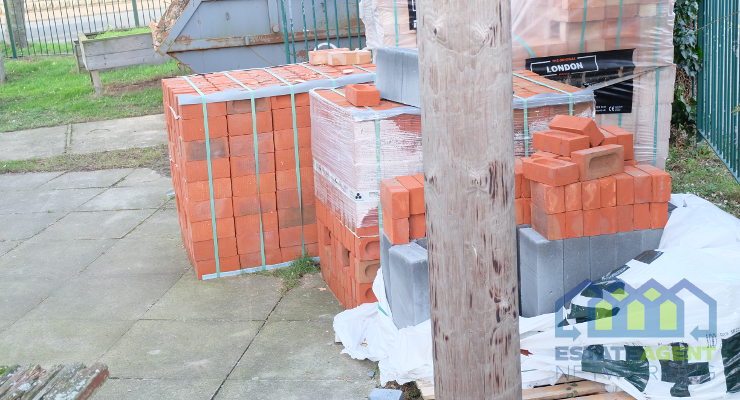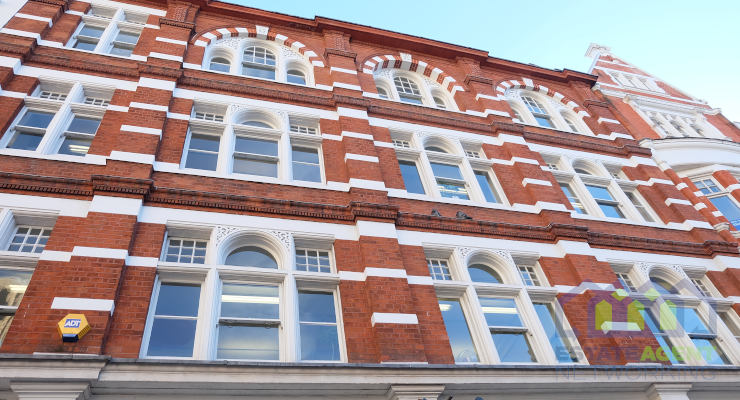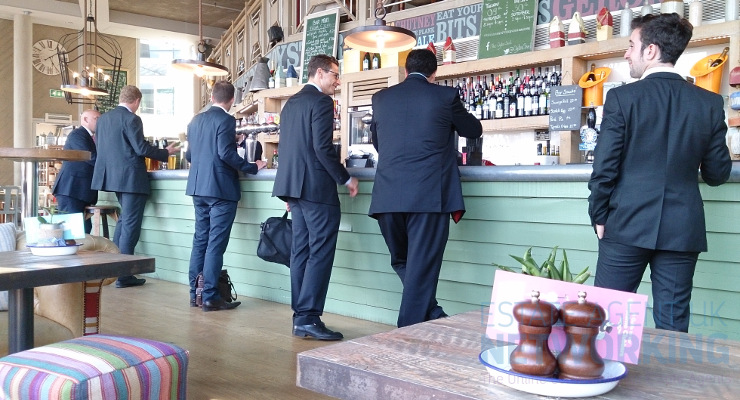House Building Drops To Lowest Level Since Second World War
Housebuilding in England is due to fall to its lowest level since the second world war, according to an analysis by the Home Builders Federation (HBF), owing to a range of government policies that threaten to dramatically slow development.
The study says the supply of new housing is likely to fall below 120,000 homes annually over the coming years, less than half of the government’s target, because of changes to planning policy and what developers say is over-strict enforcement of environmental regulations.
The drop will leave England with a huge shortfall of new homes, the HBF warned, exacerbating the country’s housing crisis and making it harder than at any point in recent history to become a homeowner.
Last year, the government announced it would drop the compulsory target of building 300,000 new homes each year, making it voluntary instead. This was despite the Government’s 2019 manifesto that the compulsory target was central to their levelling up mission.
Around the same time, the Government also dropped the requirement for councils that have up-to-date housing plans to show they also have enough land for five years’ worth of new building.
Local authorities have begun pausing, or reducing, their local housebuilding plans, with 47 having done so already. The HBF analysis found that the cumulative impact of councils responding to the changes would lead to 77,000 fewer homes being built every year.
Gregory Baker, Founder of ESE Capital commented: “In 2016, the UK Government famously set the target for 300,000 homes to be built each year across the UK, culminating in over 1.2 million homes being made available on the market, and thus easing the pressure on the weakening housing market.
“Unfortunately, the UK has fallen short of this target every single year, with just 242,000 homes being built in the year before the pandemic and understandably, even less in the years since.
“Many experts blame this shortfall on a lack of available sites with planning permission, and while that is certainly a root cause of the problem, there is also room to argue that local authorities across the country should be adjusting their housing targets to increase ensure that collectively, as a nation, we are meeting the 300,000 new homes a year target.
“The lack of housing delivery is presented as an intractable, complex problem with myriad causes – but most of those causes fail to survive even the most cursory scrutiny.
“Over the past six years, we have spoken at length about the housing supply issues that are endemic throughout the UK. The housing crisis is one of the most concerning problems facing our current generations affecting the young, the elderly and the middle aged alike.
“With an entire generation of young people priced off the housing market altogether, a lack of suitable homes available for families needing somewhere with more space, or access to more amenities, and a lack of homes available for the elderly looking to downsize to something more manageable, it is clear to see that the solution to the ever-worsening housing crisis remains in building more homes.
“While the pandemic has wrought untold chaos across all industries, we are now able to be resuming housing construction and planning activities with vigour. However, the local plans in England currently aim to deliver just 190,000 new homes each year, almost 50% less than the Government’s lofty targets and far less than the number actually required to solve the housing issue.
“While we are unable to influence the activities of local authorities, at ESE Capital we have made the provision of strategic land a core component of our activities. Strategic land refers to undeveloped greenfield land located in areas of housing need.
“These sites are located close to amenities such as shops, schools and medical care, and will typically have existing road access. It is sites such as these that local authorities are looking for when choosing sites to allocate for planning.
“At ESE Capital, our strategic land sites are earmarked for genuinely affordable developments to lower the number of people priced off the housing ladder across the country. Not only does this improve the UK housing supply, but it also offers a genuine social change – something that we are passionate about achieving within all of our opportunities.”
ESE Capital provides unique opportunities for investors through a secure, online platform, which is designed to make the investment process as straightforward as possible. All investors have 24/7 access to their ESE Capital accounts and portfolios and receive regular updates on their investments through the platform activity logs and email updates.
ESE Capital is uniquely positioned to offer innovative opportunities to investors that embrace new technologies and sustainability throughout. An example of this is the UK’s first eco-therapy wellness resort in Scotland, which utilizes modern construction methods with sustainable materials to produce a carbon-neutral resort dedicated to providing holistic therapies.
ESE Capital is passionate about providing truly socially conscious, ethical investments that benefit local communities through economic boosts and lasting infrastructure. ESE Capital’s current commercial opportunity focuses on health and wellness, providing people with the opportunity for rest and recuperation in an environment built around sustainability, holistic therapies, and natural remedies.
For further information, please visit our website www.ese-capital.com.









